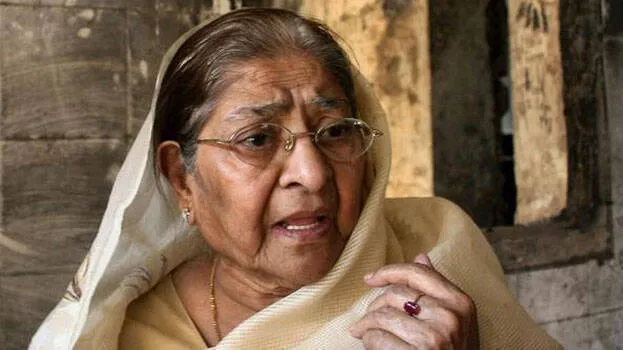
At about this time last year, we had no idea that the coming summer heat would disrupt daily life, impact health, strain essential services, and force adjustments in education. We don’t know yet if this year’s summer will bring another wave of record-breaking temperatures, but one thing certain is that we can all prepare early. February is historically a pleasant month, with good weather, temperatures between 24 and 30 degrees Celsius, and a low chance of typhoons.
There may be some wind and dropping temperatures at night but mostly sunlight during the day. But as we enjoy good weather, we are moving closer into the dry season and the onset of summer. So far, the Philippine Atmospheric, Geophysical, and Astronomical Services Administration (Pagasa) has not issued any warnings of intense heat like what we experienced last year, but we should take lessons from that abnormal summer and prepare.

We know typhoons happen with some regularity here, and although we don’t always act on it, we generally understand what needs to be done before a storm arrives. Last year’s summer heat was different because it broke records, and we were not prepared. The summer of 2024 in Cebu was marked by unprecedented heat, with Pagasa recording a heat index of 40 degrees Celsius on April 24.
The soaring temperatures led to cases of heat exhaustion and heatstroke, forcing health officials to issue warnings to vulnerable groups, particularly the elderly and those working outside such as construction workers and even traffic enforcers. People preferred to stay indoors, and electricity bills soared with the almost non-stop use of electric fans and air conditioning systems. The high electricity consumption then resulted in power outages that worsened the suffering instead of providing relief.
Social media videos showed people cooking under the direct heat of the sun, a rare but humorous sight. That was the funny part, but mostly it was about disruptions to life. The education sector was widely affected.
Classrooms became unbearably hot, and school administrators had to declare school holidays or suspend face-to-face classes or shift back to alternative delivery modes like online classes. Among the lessons to be gleaned from the experience are to prepare electric fans or aircon units in schools; ensure ventilation in homes, offices, and schools; avoid unnecessary trips outside without having to wait for government orders; and tell your government leaders to be proactive and start doing the job of protecting Cebu and its people. Develop policies for flexible work and school schedules should it be terribly hot again.
Ensure that schools and hospitals have taken action to make their structures heat-resistant. Work with power suppliers on how to prepare for increased energy demand for summer and give notice to the public on what to do. For now, enjoy the cool February air.
But let’s not get caught off guard again. If last year’s scorching heat returns, Cebu should be ready this time..















